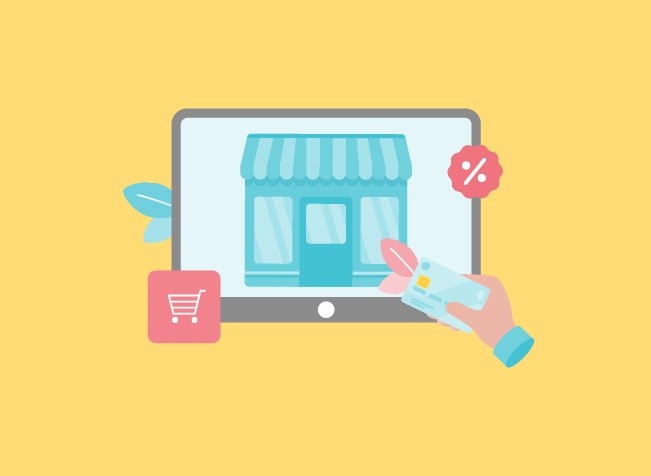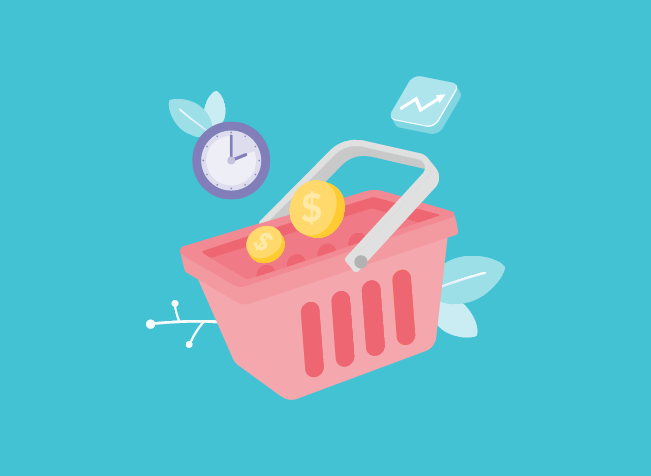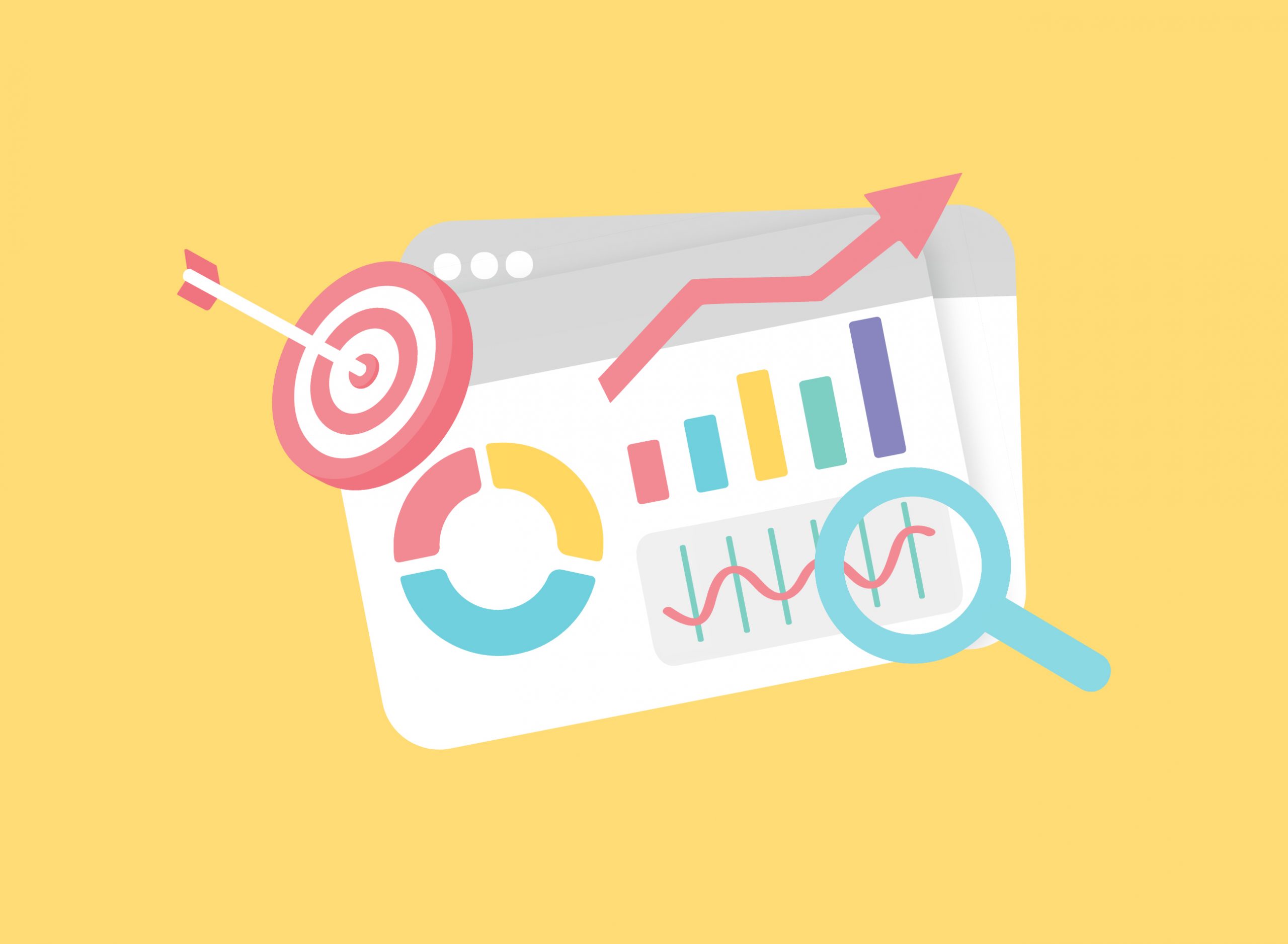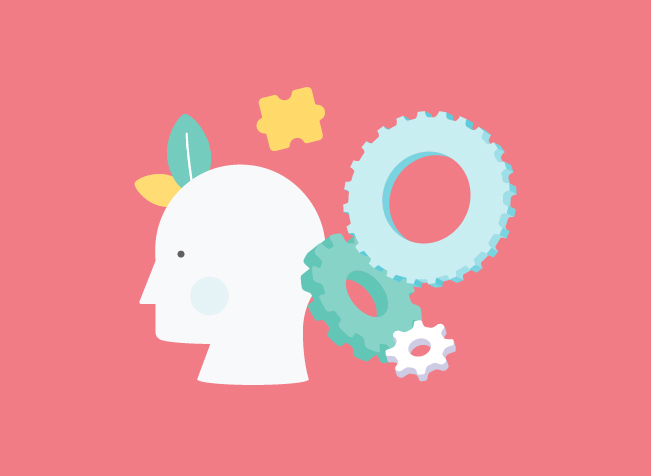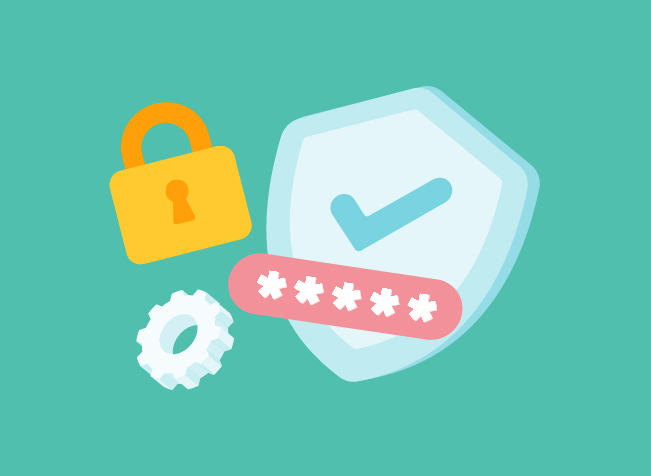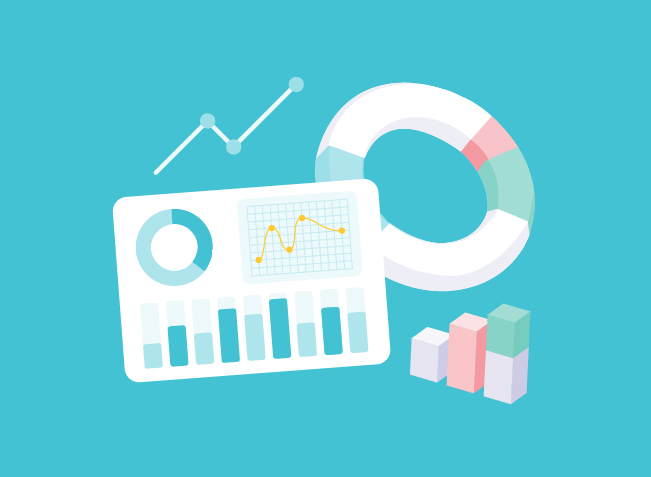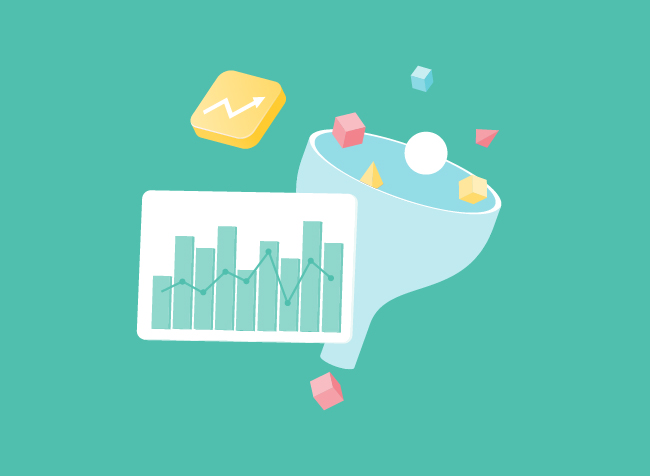The core aspiration of a brand entails its ability to drive new net growth consistently. The two significant facets of this aspiration are “new growth” and “consistency.” While the new growth strategy aims to expand the consumer base by recruiting new consumers within or beyond the existing target segment, the crucial aspect of consistency is integrated to support growth with a comprehensive retention strategy for existing consumers.
In today’s digital era, with thousands of brands reaching consumers across a million touch-points with myriad communications, consumers find comfort in a long-lasting relationship with their preferred brand and block away the overwhelming persuasions of all others. Hence, emerges the need for building a consumer relationship lifecycle.
What does a Consumer Relationship Cycle look like?
The basic framework comprises five stages taking a consumer through the journey of awareness to advocacy. However, the brand dynamics at each location vary with the product category, consumer segment, and evolving expectations.
Awareness – It is crucial to capture your consumers’ share of mind by intriguing them with the right stimuli. A sharply defined communication strategy helps reach the right audiences at the right time and place in an Omni channel environment cutting through the competitive noises.
Acquisition – At this stage, you have successfully drawn consumers’ attention and interests, and they are actively gauging the possibility of solving their core pain points with your brand offering. This stage requires the utmost care from a brand to warmly welcome a consumer with personalized attention to their needs and concerns.
Conversion – This marks the ultimate step to new recruitment. You have successfully identified and interacted with your high-potential consumers with your offering at the right place and time in the most effective manner. The final nudge to purchase is to stimulate them with a personalized offer that matches their expectations. The consumer, delighted with the experience so far, decides to take the final action. But now, it’s quintessential to keep engaging with them to ensure repeat purchases to derive the highest return on your marketing investment.
Retention – The most sought-after and critical stage in the consumer relationship cycle. The entire endeavor of attracting new customers to make their first purchase is driven by the vision to nurture further purchases until they are loyal advocates. It is a well-established fact that a strong retention strategy combats the cost of acquisition with five times more revenue owing to repeat purchases.
Advocacy – At this stage, the relationship between a brand and its consumers comes to an entire cycle with an unleashed opportunity to gain newer audiences with your existing ones and maximize the return on media investment with earned media exposure. This comes through consistent efforts from the brand to keep in touch with personalized messages, offers, and product benefits. With the data and technological advancements in marketing, we are introduced to various new ways to activate new users. However, the one factor that still does wonders is word-of-mouth. Brand buyers can act as micro-influencers and spread the digital word of delights given the right platform.
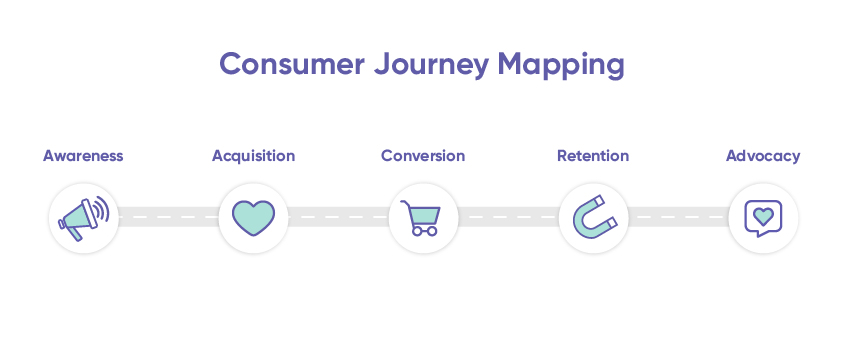
A key point to note here is that the journey that seems a straight path to the consumer’s heart encompasses multiple back and forth, with each stage intertwined with many interactions across channels.
Therefore, “Consumer Journey Mapping” is critical in this context, mapping the consumers’ journeys right from the first brand interaction to the conversion. Then advocacy unlocks a pool of data. And these data points are the driving force for developing and improving the winning connection strategy for a brand.
Let’s look at how first-party data can drive decisions to build the sought-after relationship through the consumer’s journey from acquisition to retention.
First-party data is brand-owned data of their potential and existing consumers collected through one-on-one interactions on brand websites, e-commerce platforms, transactions at retail outlets, surveys, social media, and so on. It unlocks unique insights that are useful for brands to initiate and maintain a personalized relationship with each consumer.
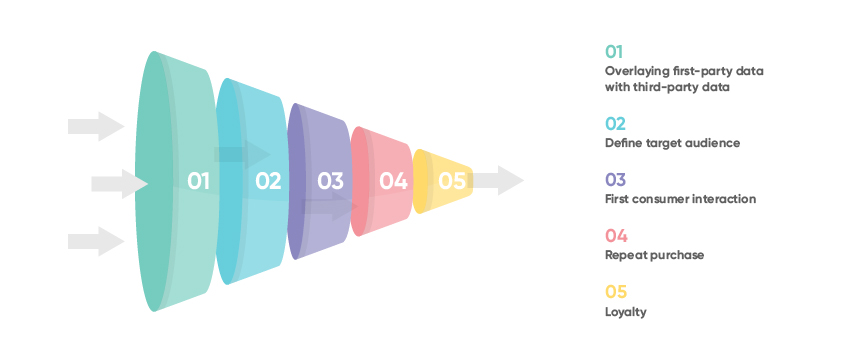
- Leveraging the cumulative insights from first-party data overlaid with third-party data sets:
First-party data on your brand buyers, when overlaid with third-party category data, helps define similar look-alike audiences to target for new recruitments with maximized potential. Further first-party data exclusion from a large database of category users can help exclude brand buyers from your target audiences to higher your return on investment. Defining the right audiences is a versatile task owing to the differing objectives across the consumer relationship life cycle.
- Defining your core target audience:
Campaigns that speak to everyone speak to no one. Knowing your most potential audiences before reaching them with your brand’s communication is imminent. With first-party behavioral data, brands can continuously refine their target segments to reach, connect and convert more effectively with the same marketing dollar. For example – first-party audience data from end-of-funnel conversions can help to create the custom audience of most potential audiences for Facebook campaigns. With lookalike modeling, we can also scale up the campaign reach among those who matter.
- The first interaction:
The first interaction that the consumers have with the brand is mainly triggered by the great message that is intriguing enough. However, several other factors play a role in capturing consumers’ share of mind. Brands must exhibit spontaneity while interacting with the consumers at the right moment with the right message and through the right channel. Acquiring 1P data along the consumer journey is most important to design this right mix. For instance, tracking consumer acceptance of advertisements across various channels and the moments of high click-through helps target the relevant micro-moments.
Further, tracking the first interaction opens up a plethora of insights on what’s working best to intrigue consumers, what drives them to the next step, what are the key barriers and how to overcome them to re-engage with the consumers in the right way.
- The first purchase:
First-party data on the first purchase lay the foundation stone for a long-term consistent growth strategy. Insights on consumers’ buying behaviors and motivations come alive from their transaction, authentication, and basket insights data. This enables the marketers to refine the strategy to ensure repeat purchases.
- A repeat purchase:
A brand buyer’s expectation keeps growing to have more personalized offerings and experiences to stick around with the brand. Let’s say, for a C.P.G. brand, a consumer made a purchase on a Friday from their nearby store, and if they receive a customized sales promotion on another Friday improves the probability of repeat purchase significantly.
First-party data is an asset for building profitable relationships between the brand and its consumers. While right insight attracts new consumers, it also facilitates a more profound connection of converting trialists to loyalists. The loyalists often act as the brand advocates, which again attracts new consumers. Thus it builds perpetuity in the brand-consumer relationship to narrate a sustainable growth story for the brand.
